FREE Shipping on Orders over $89 with Account – Create One Today!
- (844)-859-9400
- Get Help
Showing 1–16 of 116 results
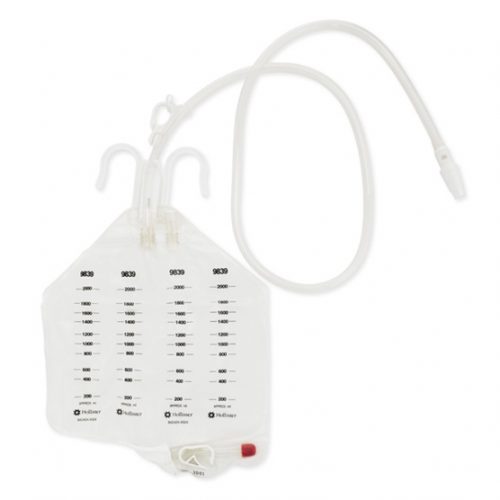
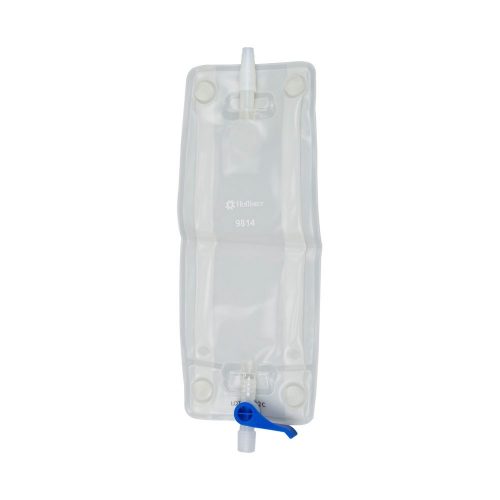
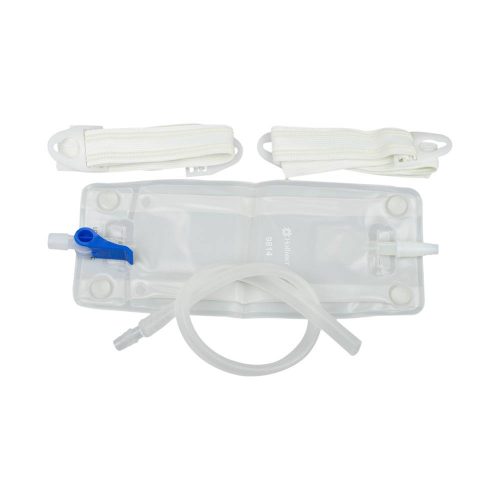
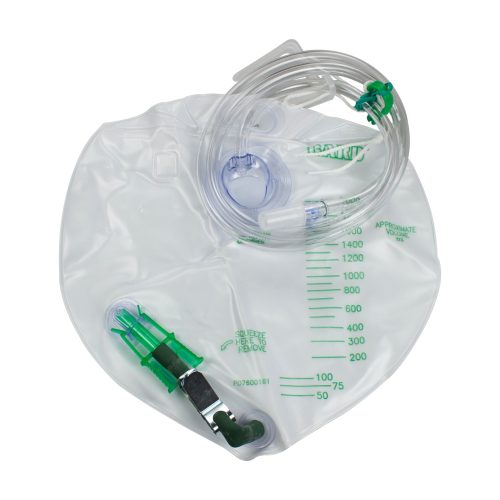
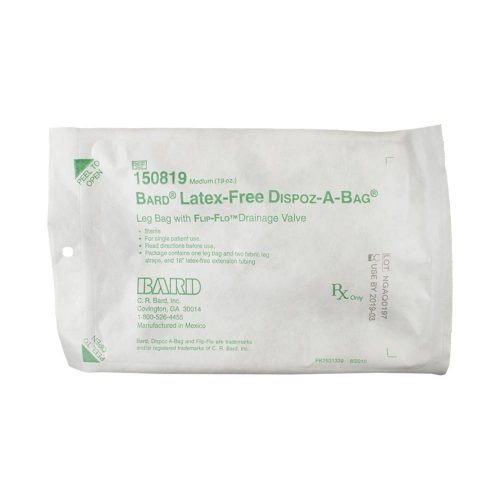
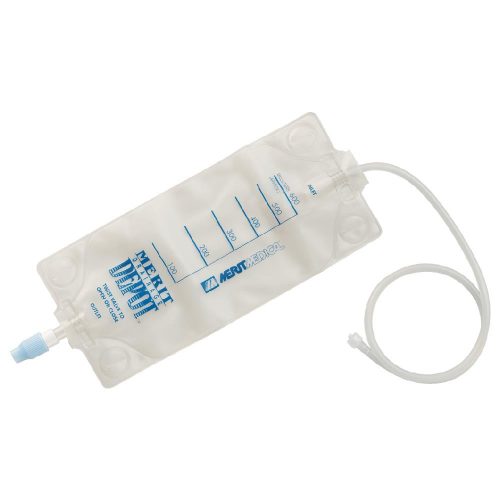
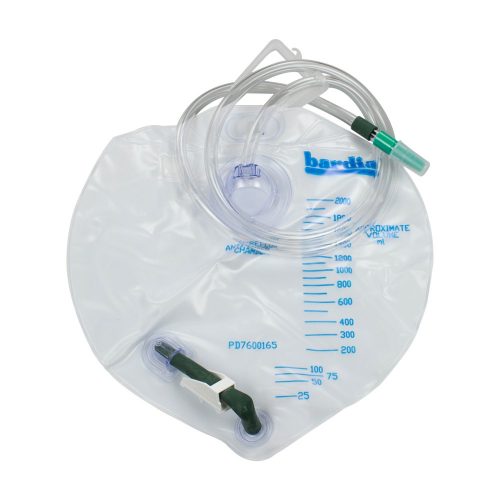
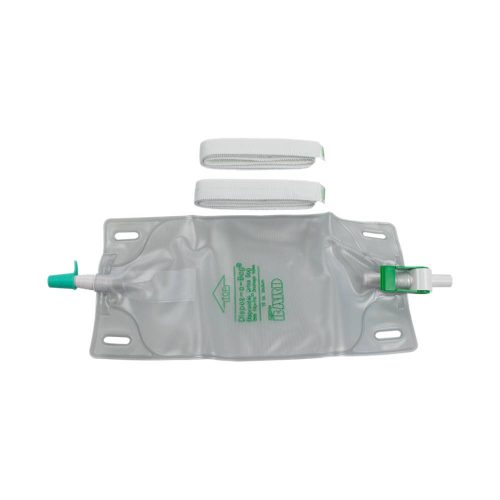
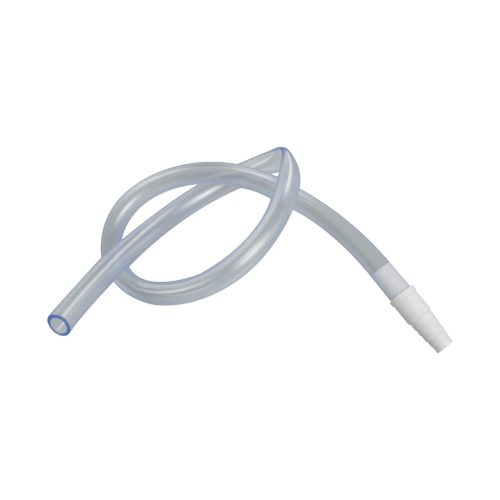
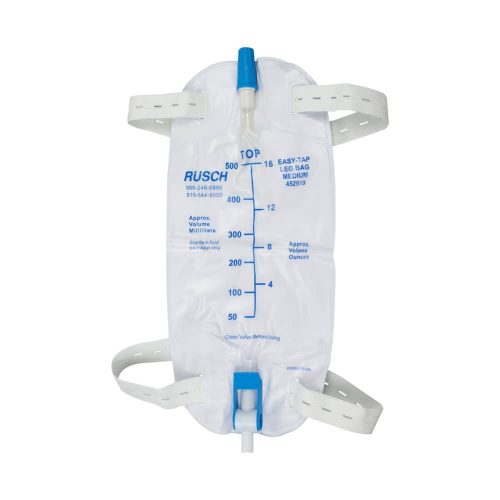

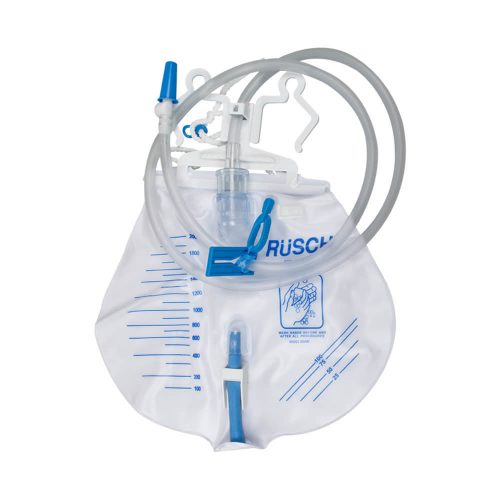
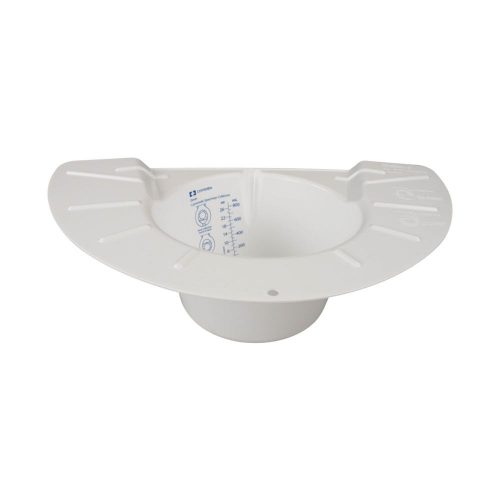
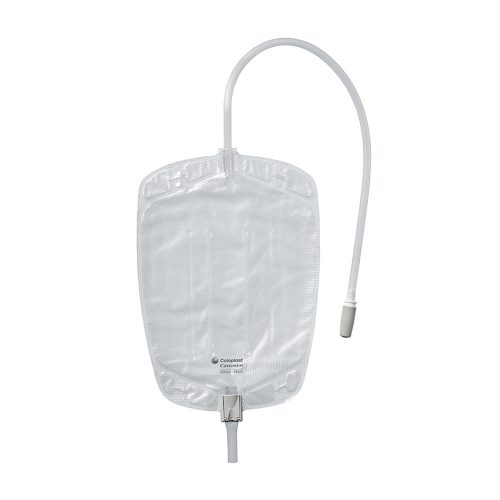

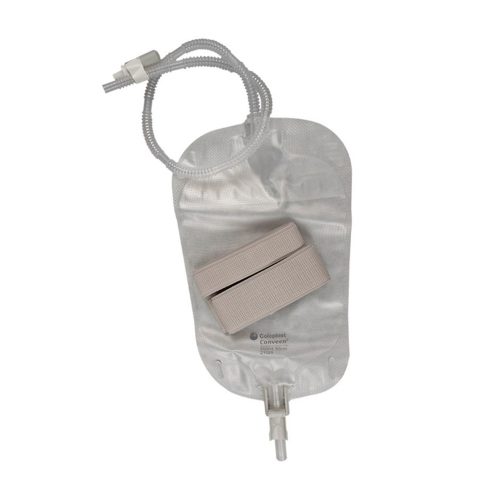
Urine samples and urine collection may be necessary for a variety of reasons. Incontinence, urinary retention, surgery and kidney stones are among conditions that require urine sample collection. A full line of urine collection devices for ambulatory and bedridden patients can help manage these conditions.
Leg Bag Kits and Straps: Leg bags collect urine from your bladder through an internal or external catheter and strap onto your leg so you can move around. They are easily camouflaged under pants or skirts. Kits usually include the bag, Velcro or elastic straps and tubing to connect to the catheter. Straps and tubing of various lengths are also available separately. Choose from vinyl and fabric bags, disposable and reusable designs, and a variety of sizes, valve types and strap materials from brands like Dispoz-A-Bag, Hollister and Coloplast.
Bedside Drainage Bags: Catheterized patients who wear a leg bag during the day or are bedridden need a bedside drainage system while sleeping. Most styles include marked measurements to monitor outflow and by which to secure the bag to a bed. Find drainage bags designed for use with indwelling and male external catheters, ileostomies and urostomies. Choose from a wide variety of options, including discreet styles with cloth coverings, drainage bags with built-in bed hanger and sheet clip, and sizes that accommodate up to 2,000 ml of liquid.
Bed Pans: A bed pan allows a bedridden person to urinate without being taken to the bathroom. Choose from contoured pontoon styles with optional odor covering, tapered fractured styles for immobile patients, bariatric bed pans that support up to 1,200 pounds of deadweight and smaller tapered styles that double as female urinals. Some selections can be autoclaved, stacked or marked with patient name and other information.
Urinals and Specimen Collection: Urine samples or specimens may be collected to check for infections, protein, kidney stones or other elements, or to gauge output. Methods for bedridden patients include male and female urinals, female external pouch systems and unisex luer slip meters. Options for mobile patients include commode collectors, mid-stream clean collection cups with lids, 24-hour collection containers and more.
Tubing and Accessories: Find tubing, connectors, anti-reflux valves, drain bag hangers, calculi urine strainers and more for urine collection from brands you trust.
Urinary incontinence is a problem for many Americans, affecting as many as one out of every two women and a quarter of all men. Although the issue emerges as one becomes older, incontinence itself isn’t a direct result of aging. Instead, the condition involves an inability to control the bladder, leading to a sudden urge to urinate or uncontrollable leaking. Unfortunately, the condition’s embarrassing nature occasionally puts a damper on activities and pursuits one typically enjoys.
While lifestyle changes can address certain types of incontinence, other types may require medical intervention. Overactive Bladder (OAB) involves a sudden urge to go with an inability to hold it until one finds a bathroom. Urgency Urinary Incontinence (UUI) occurs when OAB results in leakage. The condition often becomes an issue when an individual wakes up multiple times throughout the night with an urgent need to go.
Overflow incontinence occurs when the bladder remains full because the patient cannot empty it on their own. More common in men, this condition is characterized by several small urinations throughout the day or regular, uncontrolled leakage.
As well, urinary incontinence may be a result of other factors, such as constipation, medication side effects, diabetes, a stroke, childbirth, multiple sclerosis or an enlarged prostate. Not addressing the issue regardless of source can result in skin rashes, infections, sores and repeat urinary tract infections.
Beyond lifestyle changes, patients may be steered toward certain urine collection methods and products to better manage urinary incontinence. These may include:
These systems may further be supplemented with disposable pads or undergarments and prescribed medications.